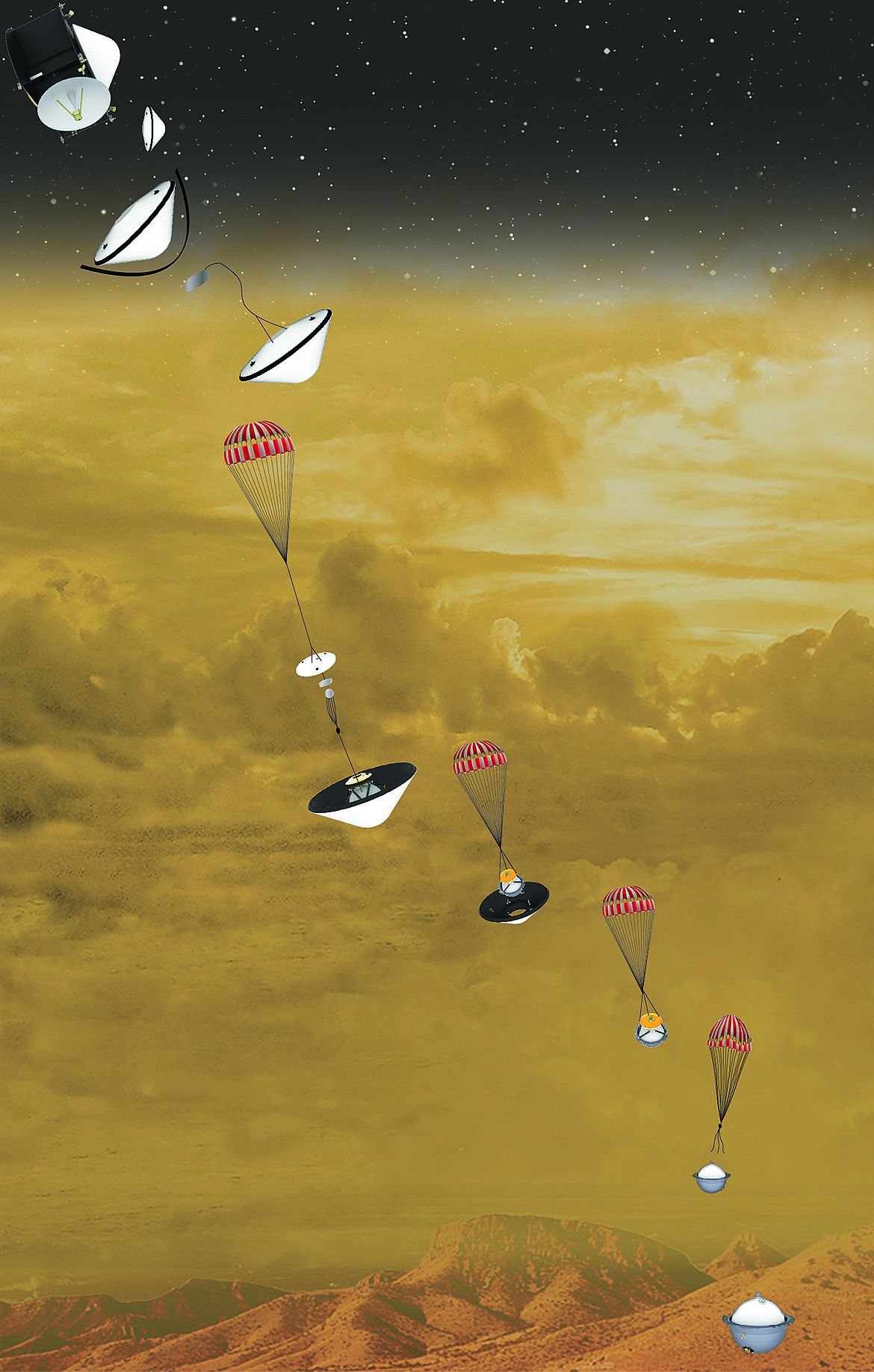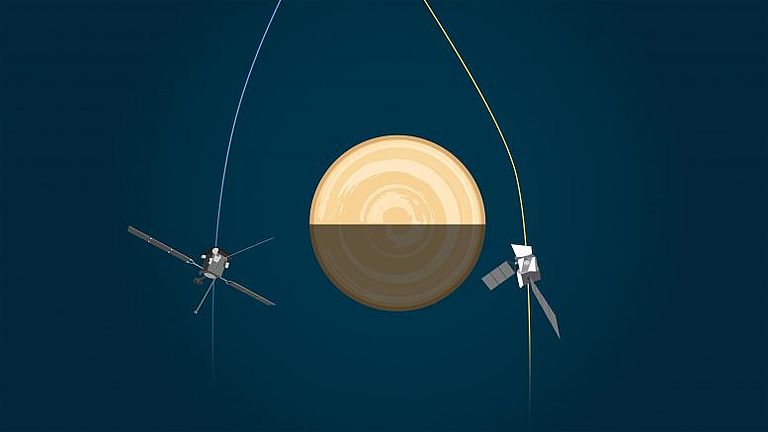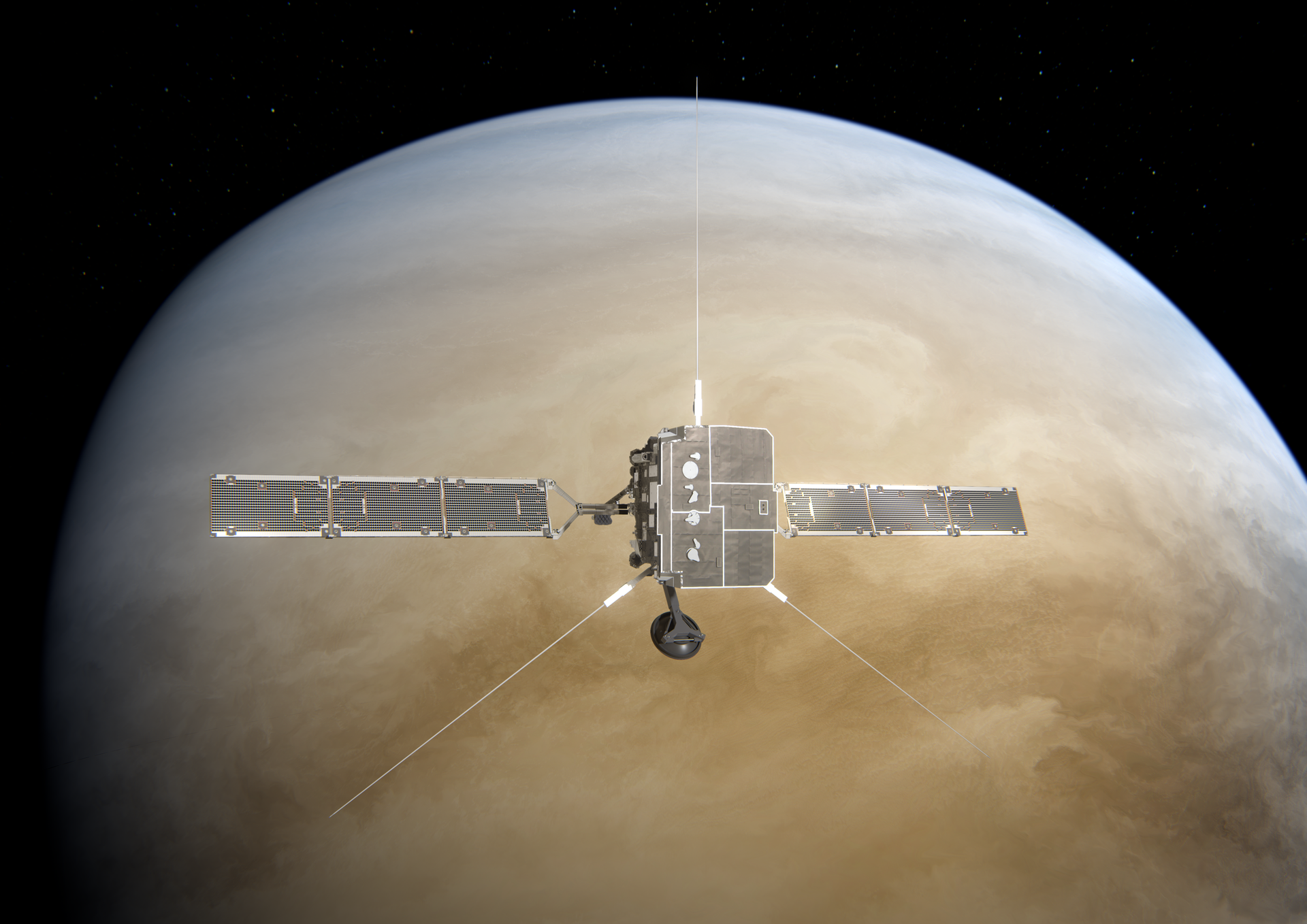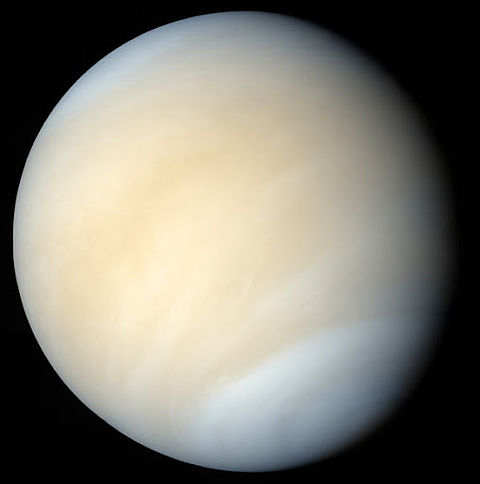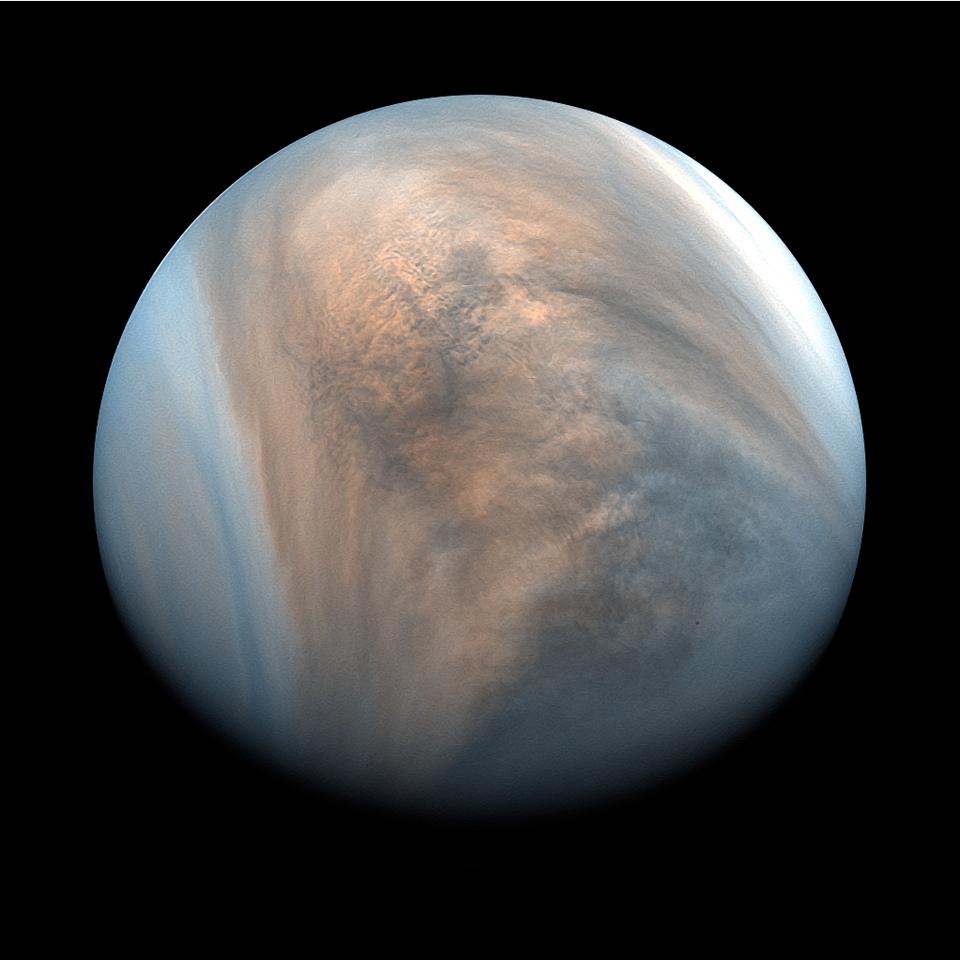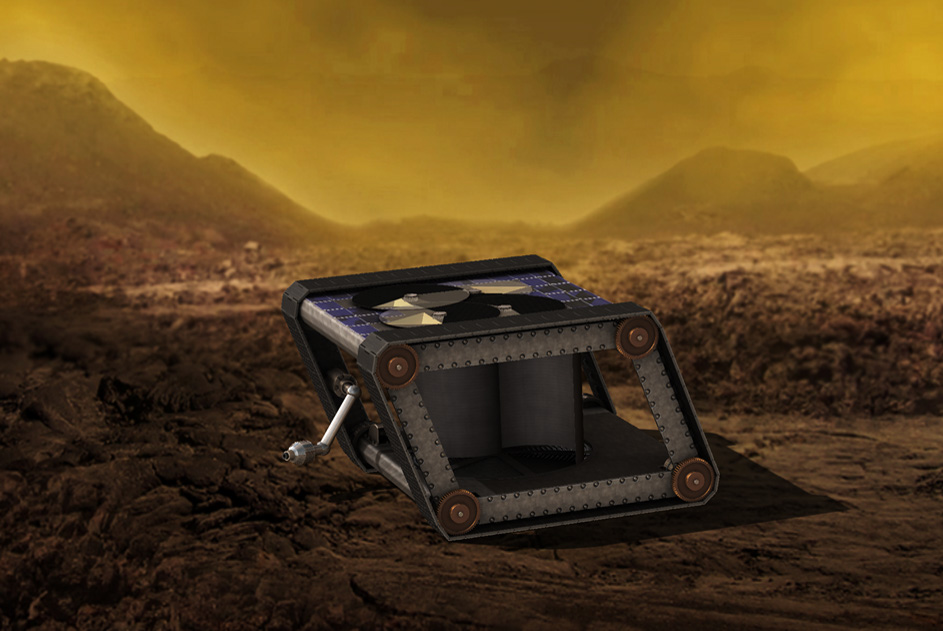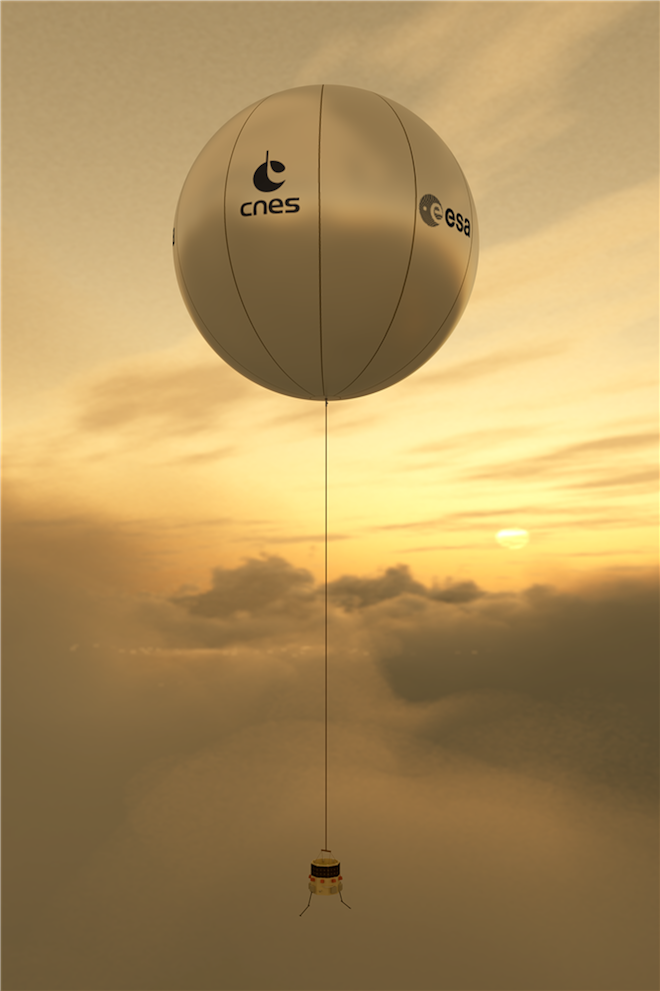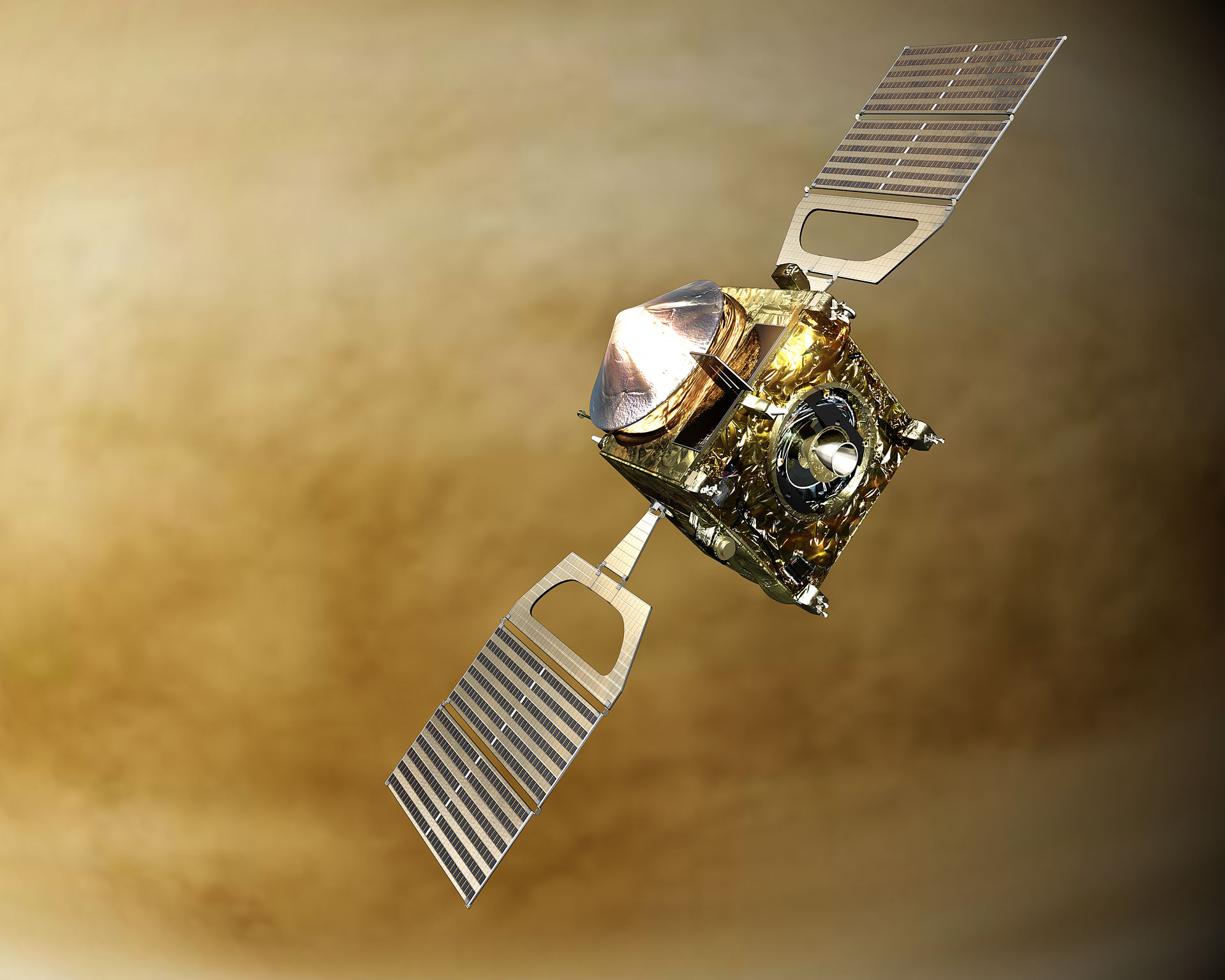Prof. Dr. Pascale Ehrenfreund (59) is an astrobiologist and has been CEO of the German Aerospace Center (DLR) since 2015. In an interview with the OHB editorial team, she explains why missions to Venus are a worthwhile investment even though the expectation to find life on the planet is unrealistic from her perspective.
Dr. Ehrenfreund, as an astrobiologist, do you think that extraterrestrial life will be discovered at some point in the future? Or is it more likely that proof will be found that the Earth is truly unique?
Pascale Ehrenfreund: That is the question to which we all would like to know the answer. When I was still a university student, all the exoplanets were still unknown; today we have discovered over 4,000 of them. There are an enormous number of stars, planetary systems and galaxies. But there is no doubt that our Earth is an extraordinary planet. Its distance to the sun is exactly right, its orbit is stabilized by Jupiter and it has liquid water. No other planet in our solar system offers these conditions. Life can be found everywhere on Earth, occupying almost every ecological niche. More than anything else, primitive life is extremely persistent. The Earth experienced asteroid impacts and ice ages both before and after the first creatures emerged 3.5 billion years ago. And even today, organisms can be found in places where humans would survive for only a few seconds. And we are not even close to having discovered all forms of life on the Earth. Therefore I see a good chance of finding life beyond the Earth.
Is liquid water an essential prerequisite for the development of life?
Yes, at least for the forms of life that we know on the Earth. Water is indispensable for living beings on the Earth because of its chemical properties. In metabolic processes, it plays a decisive role as a solvent and as a transport medium. In addition, water is one of the few substances that occur in all three states of aggregation, i.e. solid, liquid and gaseous, in a very narrow temperature range. Obviously, other substances that could play the same role as water have also already been studied. One example is methane, of which there are entire lakes on the Saturn moon Titan. However, it is important to realize that methane only liquefies at temperatures below -162 degrees Celsius, while at higher temperatures it is gaseous. So far, no substance whose properties match those of water has been discovered. And if we look around, we see that 70% of the Earth’s surface is covered with water, and most terrestrial organisms are composed of more than 50% water. So, I think that liquid water is a basic prerequisite for the emergence of life as we know it.
Life on Earth is based on carbon. Would it also be possible for life to be based on other elements?
Carbon has a special property in that it can form double and triple bonds in addition to single bonds. Among other things, this characteristic is important for the DNA, which carries our genetic information. It is composed of numerous double bonds between carbon and carbon, carbon and oxygen or carbon and nitrogen. Silicon is also repeatedly mentioned as a possible basis for life. It is similar in some ways to carbon, but double silicon bonds can only be produced under laboratory conditions and are usually unstable. What is more, carbon is the fourth most common element in the universe after hydrogen, helium and oxygen. When we look at other planets and small celestial bodies, what we actually always see is hydrocarbons. Even in other galaxies.
If liquid water is a basic prerequisite for the emergence of life and it is difficult to conceive of life based on elements other than carbon, how likely does this make the existence of life on Venus?
I have to confess that I don’t think that it is very likely at all. But despite this, Venus is still incredibly interesting. It is one of the Earth’s neighboring planets and similar in size. Its development processes are very interesting for us. The Earth’s two closest neighbors, Venus and Mars, are exciting in this respect as they were created at the same time as the Earth 4.6 billion years ago, but have evolved in completely different ways since then. And we can learn from these different developments. On the one hand, we gain insights into our solar system, but on the other hand, we also learn things about our own planet. But Venus is a difficult planet as it is extremely inaccessible. Its dense atmosphere makes it difficult to view the surface and it is complicated to land there due to the heat and atmospheric pressure. As far as life is concerned, there has been conjecture that bacteria might possibly exist in the atmosphere in the aerosols that contain sulfuric acid. But I think this is rather unlikely. And in my opinion, we can completely exclude the possibility of any life existing on the surface.
The Earth’s two closest neighbors, Venus and Mars, are exciting in this respect as they were created at the same time as the Earth 4.6 billion years ago, but have evolved in completely different ways since then.
These conditions relate to the life hypothetically existing on Venus today. However, it has been speculated in some publications that Venus once exhibited more hospitable conditions over a long period of time.
The first papers on this topic were published in 2016 and this theory was also presented at several congresses last year. It is based on the assumption that Venus had stable conditions for a long time and that there was liquid water on the surface of the planet. At some stage, a dramatic event occurred leading to a major upheaval of the planet’s surface, which resulted in the extreme climate that we observe today. If, by contrast, Venus had developed in a similar way to the Earth, a lot of the carbon dioxide that we find in the atmosphere today would have been bound by the surface. At some point in the climate history of Venus, however, there was such strong volcanic activity that carbon dioxide could no longer be absorbed. The result was a galloping greenhouse effect that made Venus an extremely hostile planet. And this is what we see today.
Do you still think it makes sense to launch new missions to Venus?
Further missions would definitely be necessary to study Venus. Our sister planet and each phase of its development provide us with information about our Earth and our solar system. However, such a mission would not exactly be straightforward. Ideally, of course, it would be preferable to land on the surface and take pictures. But this would pose major technological challenges. All previous landing probes have survived only a maximum of a few hours on the planet’s surface. However, there are mission designs that address these very issues and work is being done on methods to withstand the heat and atmospheric pressure. The ideas developed can be used not only for missions to Venus, but also for missions to other bodies in our solar system and beyond. This is also one of the reasons why we engage in space flight: space missions advance the development of technology.

Pascale Ehrenfreund studied astronomy and biology at the University of Vienna. She holds a doctorate in astrophysics and was a professor of astrobiology at the universities of Amsterdam and Leiden for four years. In August 2015, she moved to the German Aerospace Center (DLR) to succeed Johann-Dietrich Wörner as CEO.


